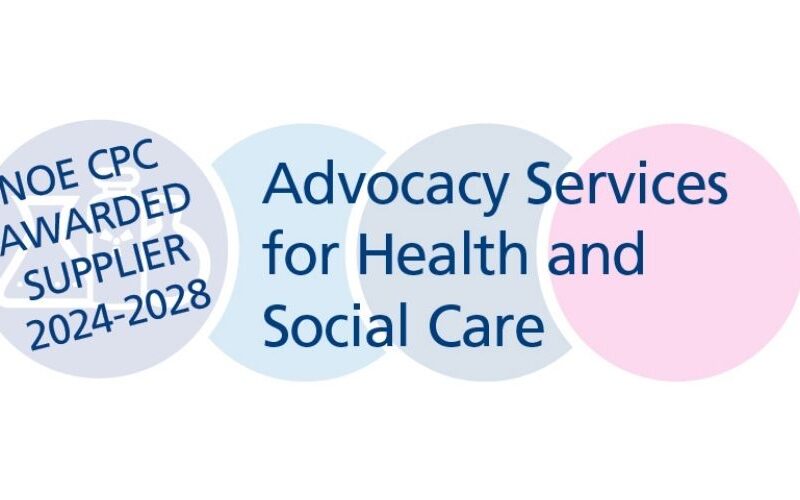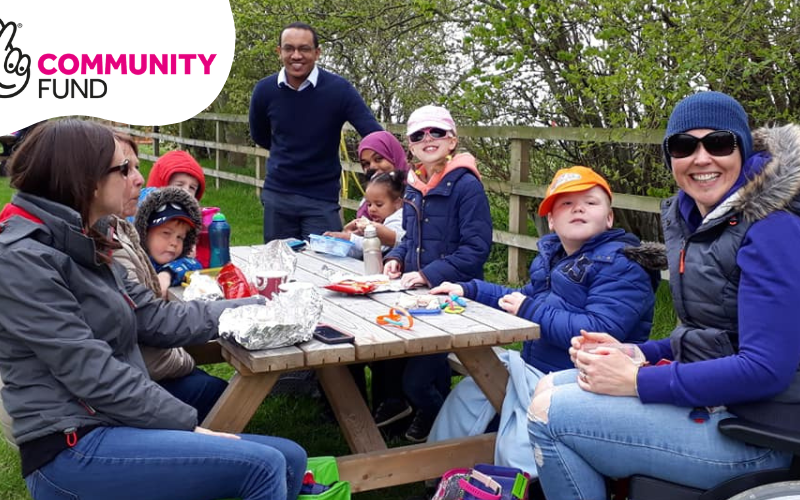Communication with People who are D/deaf or Hard of Hearing
Communication between hearing and D/deaf or hard of hearing (HoH) people may feel daunting for the first time but it shouldn’t stop you from trying. There are many things that hearing people can do to help reduce anxiety for deaf people who may also be nervous or worried about communicating.
Keep reading for more detail about the following tips:
- Get our attention before you start communication
- Be welcoming and smile
- Ask us how we like to communicate
- Texting rather than calling
- Repeat and/or rephrase
- Keep your face visible
- Learn British Sign Language (BSL)
- Don’t give up
1. Get out attention before you start communicating
Speaking before we’re looking at you can mean we’ll miss important information/context and be left confused as to what you’re trying to communicate to us. The following things can be done to help get our attention:
- Gently tapping our shoulder
- Waving your arms
- Knocking on a surface, for example a table or desk
- Flicking the lights on and off
If you’re new to communicating with D/deaf people, it can feel a little bit rude to do these things but it’s very normal for us – just don’t throw things at us!
2. Be welcoming and smile
We can sometimes become anxious at the thought of having to communicate with someone who isn’t deaf aware. Just being friendly and smiling at us is the first step to help us instantly relax with the knowledge that you are prepared to try and communicate.
3. Ask us how we like to communicate
It’s generally not wise to assume that all deaf or HoH people communicate in the same way. If you notice someone wearing hearing aids, you may subconsciously start speaking louder or slower but this may not be appropriate for them and could actually be quite patronising.
Try to remember that not all deaf people use British Sign Language (BSL) and not all HoH people can lipread. Some of us will prefer texting, using interpreters or will prefer spoken conversation. We won’t take offensive to you asking and it’ll ensure much smoother communication between us.
4. Texting rather than calling
Texting is a much more accessible form of communication for all people with hearing loss. Other methods of written text such as emails or using a pen and paper work well too.
Video calling can also be a good option depending on how we choose to communicate but you will need to consider the lighting and overall visibility of your face if we use BSL or lipread.
5. Repeat and/or rephrase
Just as your hearing friends may ask you to repeat something if they didn’t understand or didn’t hear you the first time, we will do the same.
Giving us some context often really helps make sense of what you’re trying to say but if you’ve repeated yourself a few times, try rephrasing to use simpler words or use different gestures.
Please be patient – we understand it can be quite frustrating but it’s frustrating for us too!
6. Keep your face visible
During the pandemic, hearing people were quite surprised at how much more difficult it was to communicate while wearing face masks; it was interesting for many to realise just how much they relied on lipreading and seeing each other’s faces to have conversations. This barrier has now been removed for hearing people but can still be an issue for deaf or HoH individuals.
Here are a few ways to help those who rely more heavily on lipreading:
- Don’t eat/chew or smoke while you’re talking
- Move scarves, hair and masks out of the way
- Keep your hands away from your mouth while you talk
- Face the person you’re talking to
- Move to somewhere well-lit so your face is visible
7. Learn British Sign Language (BSL)
It’s such a wonderful, visual and fun language to learn and it really does mean a lot to the Deaf community to be communicating in our native language or one which is easier for us to understand.
A lot of the signs and gestures make logical sense and you’d be surprised at how many you recognise and already use in your daily lives!
Why not sign up to one of our BSL courses here at BID Services?
8. Don’t give up!
Living with a hearing loss can be very isolating and often makes day-to-day communication much more difficult.
Don’t give up and say ‘don’t worry about it’ or ‘never mind’ – we want to be included in the conversation just like everyone else.
Don’t be embarrassed to improvise and try different visual cues such as gestures or facial expressions because we really appreciate you making the effort!
If you have any other tips for communicating with D/deaf or hard of hearing people, please let us know!
Take care,
BID Services
Want to know how you can make your company or business more inclusive and accessible? Why not book onto some of our Deaf Awareness Training?









